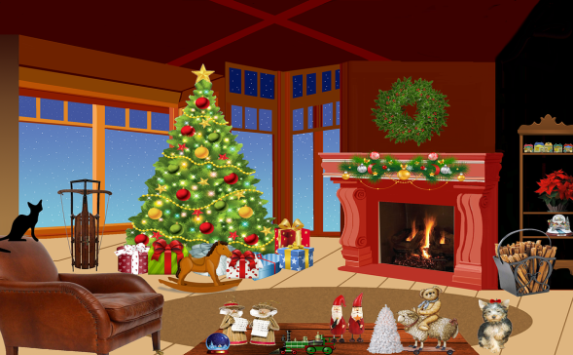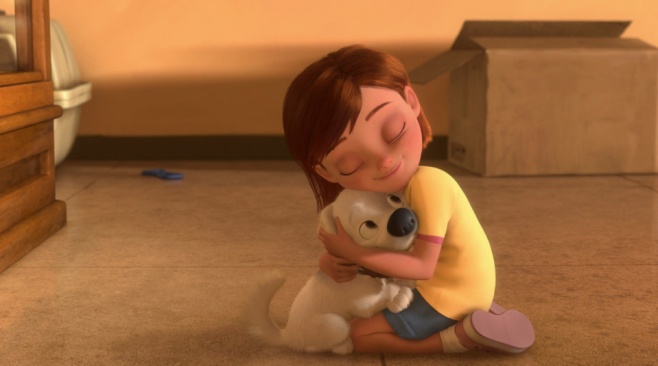The Role of Creativity in Students with Specific Learning Disorder
Erika Saccuti is a Dyslexia Specialist Tutor and an Italian Teacher to Foreigners in private and public school as a freelancer. Her current research interest include Dyslexia, the Montessori Methodology and Reggio Approach. These methods is a child-centered educational approach based on scientific observations of children from birth to adulthood. Email: esaccuti@gmail.com
Introduction
‘Creativity is the teacher’s best friend’ as stated by Chaz Pugliese in his biography entitled “Being Creative”. The concept of creativity can be familiar as much as strange because its definition can refer to many meanings: we can be creative in scientific disciplines as much as in artistic ones and also in our own domestic environment or when writing a book.
For me the question one should ask oneself is: Is creativity a precious gift we are born with – of course everyone develops it in its own interest – or is it something we can learn?
Walt Disney, Picasso, Beethoven, Einstein had a characteristic in common which made them brilliant and unique: dyslexia.
Students with a Specific Learning Disorder (SLD), depending on the typology of it, show a disorder in reading, writing and/or in understanding written texts but in particular have a striking ability in the use of lateral thinking, that is the fantasy and the talent to develop visual thinking which allows the realization of his/her own ambitions and aspirations with the purpose of succeeding in life as any other individual.
The lateral thinking, which is well-defined by Edward De Bono, a psychologist and contemporary doctor, is understood as an indirect way to solve problems in the sense that we can try to find new idea through alternative ways such as discovery and investigation. The lateral thinking is based on facts, it splits single elements in order to reorganize them through various attempts until he/she finds the correct solution. It would appear that students with SLD utilize the right hemisphere more when learning, so it would be suitable to carry out an appropriate teaching plan of action.
Torresan said (2011):
in many schools learning is based on repetition of contents (disciplinary) and of composition (linguistics), without the student being in a situation of ambiguity; struggle, as a consequence the student would have a peaceful attitude towards innovation and towards what appears to be complex.
For this reason in order to operate on a student’s lateral thinking it is appropriate to intervene on the adult’s behaviour and this should be:
- relaxed and spontaneous in dealing with different disciplines of study;
- focused and attentive in understanding the competences acquired and work on the part of the task that is easier;
- open to possibilities of playing with a child’s ideas.
Creativity refers to the core of an individual’s personality, including the most silent and out of reach ones, unreachable because it has been put on one side. Dyslexic people show different development degrees of creativity but there are common characteristics in every one of them:
- they are able to utilize and produce the perception by manipulating it;
- they have a specific level of curiosity;
- they are not interested in general factors but in specific ones which they then interpret to their own image;
- they think more by images than by words;
- they have a special talent for imagination.
Therefore, it can be assumed that both the environment and the hereditariness, but also the people close to you, influence creativity, there’s no a fixed rule; there are talents who are born creative and others who become so with time, so it’s influenced by our biological components and above all it is the agent of our wellness.
Activity 1 – Emotional Thinking
|
Focus |
To motivate students the use of words with pictures. |
|
Time |
Time depends on students. It’s always appropriate to create relaxed activities with a specific learning disorder’s student. |
|
Level |
Elementary with children from age 6 and above. |
|
Material |
A bunch of 20 thematic cards where there are represented a coloured and funny activities.
|
|
Operating methods |
Take 20 cards and mix them; take 10 cards off and put them cover in the middle of table, or may be also a carpet or a floor, it doesn’t matter. A player by chance uncover the first card, start the game and he/she must say something about the scene in the card:



For example we can ask them; what does it mean Christmas for you? What do you like doing or to do at the seaside? How much is it important having a dog? We can introduce another part, ask to a child to organize every cards by typology, by materials or by colour, so he/she knows how identify all categories. |
|
Notes |
We can use this activity to work on the cognitive use of the oral speech, helping to increase his vocabulary, articulating to high voice what they see in the cards. I work on the logical organization of thinking and on the experience’s life that they made, stimulating their fluency. |
Activity 2 – What I like
Focus: Encourage children talking about themselves
Level: Children from age and above
Time: None
Operating methods: Draw a table with three column, write these sentences. Look the example on the blackboard. So, now tell your students to work in pairs and complete alone this task. At the end exchange the paper and read at loud voice what he/she wrote.
The teacher’s task should be to support every student, bringing out their ability.
|
Wha’s my favourite hobbies |
I like to do alone or with someone. Tell why. |
Who do you want to be in the future? |
|
|
|
|
|
|
|
|
Notes: Emphasize the peculiarity in children is essential to educate at respect towards others and to diversity, educate them to express their attitude. For this reason is important to encourage them to understand and respect their peculiarity and their friends.
Conclusion
It’s important to promote creativity in children, I believe it is an indispensable psychological and socio-educational condition, because it gives them a heritage to spend in all their life.
Creativity coincides with games, creates relationships and emotional expectance, experience of life in particular for dyslexic students who have the need to find new methods for acquiring concepts.
References
Montessori, M., (1999) La mente del bambino, Milano, Garzanti
Pugliese, C., (2010) Being Creative, UK, Delta Publishing
Torresan, P., (2011) Pensiero divergente e didattica dell’italiano LS, Revista de Italianistica XXI-XXII, p. 93-122
Please check the Pilgrims f2f courses at Pilgrims website.
Please check the Pilgrims online courses at Pilgrims website.
Language Learning with Dyslexia
Emmanuelle BethamThe Role of Creativity in Students with Specific Learning Disorder
Erika Saccuti, Italy